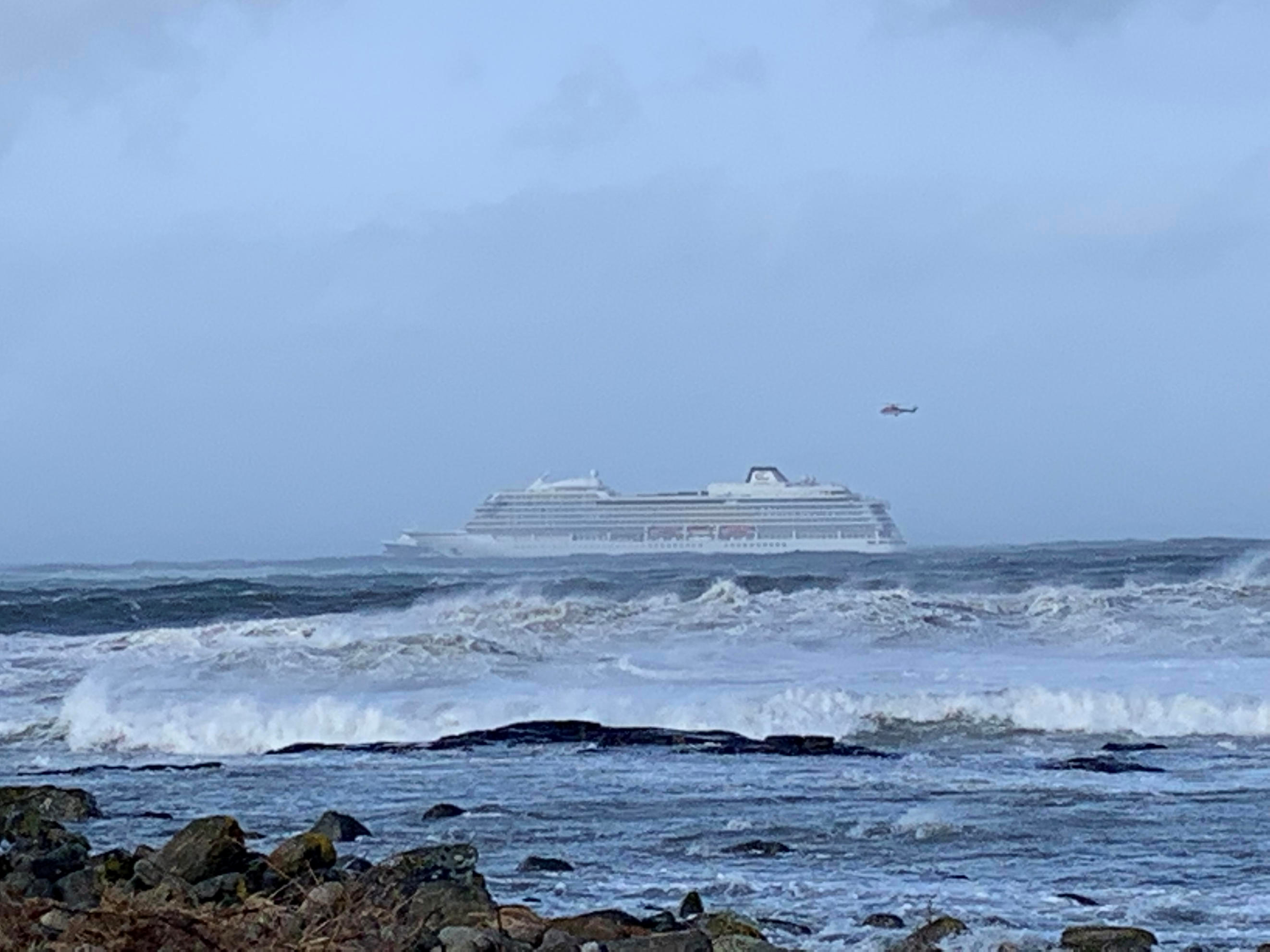Cruise ship’s close call renews demands for Arctic HFO ban
The Viking Sky was returning from the Arctic with a reported 343 tonnes of HFO on board, when it nearly grounded.

The near-grounding of the cruise ship Viking Sky this past weekend off Norway has renewed concerns about the use of dirty and difficult-to-clean up heavy fuel oil in the Arctic.
The ship, owned by Viking Cruises, experienced engine problems in rough seas on Saturday. After its engines finally restarted, the ship finally reached safe harbor yesterday in Molde, Norway, but not before it nearly grounded on rocks about 900 meters from shore where it had stopped and anchored.
At least 20 of the roughly 1,300 passengers and crew aboard were injured as the cruise ship heaved from side to side, reports say, while several hundred people ended up being evacuated by helicopters.
At the same time, a freighter, which had come close to the cruise ship to offer assistance, also suffered engine failure and required some of the helicopters bound for the cruise ship to go to its assistance.
The incidents prompted a statement by Sian Prior, lead advisor to the Clean Arctic Alliance, a coalition of non-governmental organizations calling for a ban on the use and carriage of HFO as fuel in the Arctic.
“With a new season of cruise ships poised to enter Arctic waters, the Viking Sky crisis should serve as a wake-up call,” Prior said.
Several factors helped avert disaster and ensured the safe return of passengers and crew to shore this weekend, including “very importantly, the proximity of rescue infrastructure,” she said.
The Viking Sky was reported to be carrying 343 tonnes of HFO on board.
The grounding of Viking Sky could have “created a strong risk of an oil spill, which would have been devastating for the environment and local communities,” she said. “This summer, similar cruise ships carrying thousands of passengers will sail in Arctic waters and in other vulnerable regions, far from search and rescue facilities, including helicopters and tugs.”
Prior said the lives of the passengers and crew are at stake as well as those involved in the response and rescue — ”which in remote Arctic locations is likely to include Indigenous and coastal communities with minimal or no equipment and training,’ she said.
A spill of HFO is likely to take months to years to be completely cleaned up, she said.
The International Maritime Organization, the United Nations agency with responsibility for the safety and security of shipping and the prevention of marine pollution, wants to see a ban of HFO in the Arctic, which would be adopted in 2021, and phased in by 2023.
HFO is already banned throughout Antarctica, as well as in the national park waters around the Norwegian Arctic archipelago of Svalbard.
But before banning HFO, Canada has called for assessments into the impacts of an HFO ban on Arctic Indigenous communities. That’s although the Inuit Circumpolar Conference and Nunavut Tunngavik Inc. have come out in favour of an Arctic HFO ban.